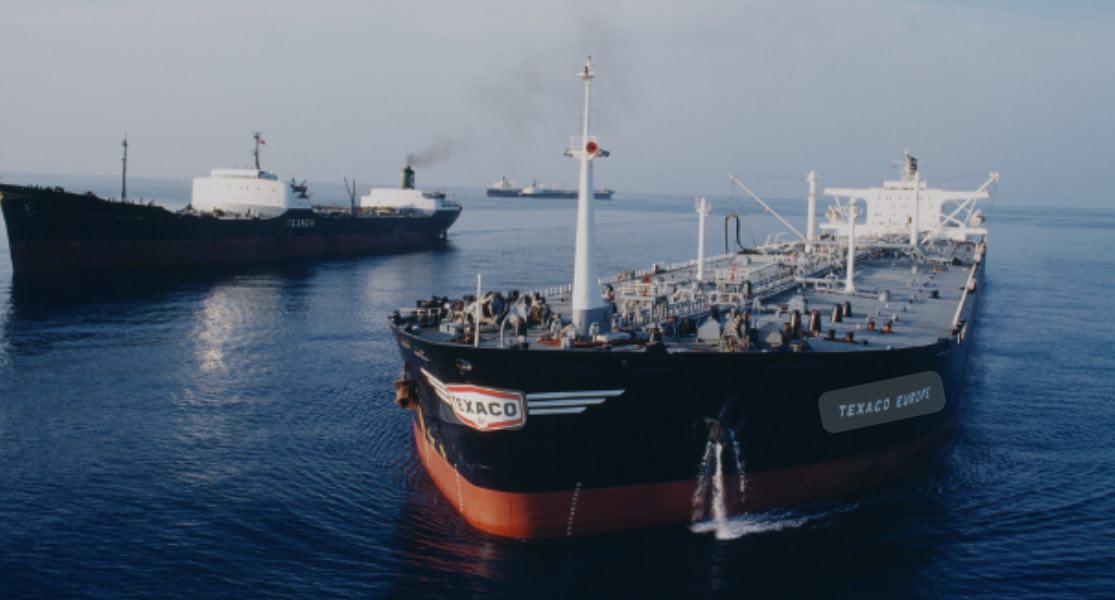Increase in Iran’s oil exports before Trump’s arrival
Increase in Iran’s oil exports before Trump’s arrival
In the first half of December, Iran delivered 1,886,000 barrels of oil daily to China, marking the highest level since 2018. Despite fluctuations in recent months, Iran’s oil exports have revived ahead of Donald Trump’s administration and the potential reimplementation of maximum pressure policies against the Islamic Republic.
Iran’s daily oil exports to China in November fell by half a million barrels compared to the end of summer, dropping to about 1,310,000 barrels. However, data provided by the commodity information company Kpler to Radio Farda indicates that Iran’s oil deliveries to China surged again in December.
In the first half of this month, Iran delivered 1,886,000 barrels of oil daily to China, the highest level since 2018. The loading of Iranian oil to Chinese markets during this period was 1,713,000 barrels per day. It usually takes two to three weeks for Iranian oil shipments to reach Chinese markets.
Thus, if the loaded shipments are purchased, Iran’s oil deliveries to China in December will exceed 18 million barrels per day. Overall, based on Kpler’s statistics, Iran has delivered an average of 1,512,000 barrels of oil daily to China in 2024, which is 34% more than the previous year and double that of 2022.
In 2017, before the US exited the JCPOA and imposed oil sanctions against the Islamic Republic, Iran’s oil exports were about 25 million barrels. However, in the last year of Donald Trump’s presidency in 2020, it fell below 340,000 barrels.
With the arrival of Joe Biden’s administration, Iran’s oil exports have increased significantly each year.
Iran’s oil exports to Chinese and Syrian markets have been severely disrupted since the beginning of October this year due to the Islamic Republic’s extensive missile attack on Israel and the potential of Israel attacking Iranian oil facilities. However, in December, Iran’s oil exports to China were eventually revived, but the delivery of oil to Syria has stopped following the fall of Bashar al-Assad’s regime.
Kpler’s statistics show that Iran delivered a total of 185 million barrels of oil to Syria daily in the first 11 months of this year, averaging 56,000 barrels per day, and no Iranian oil shipments have been delivered to this country this month. Tanker Trackers, a company active in tracking tankers, reports that the last Iranian tanker with a cargo of 750,000 barrels returned to Iranian waters just before reaching the Suez Canal on the morning of Bashar al-Assad’s fall.
Disruptions in Iran’s oil exports in the final months of this year have led to the volume of Iranian oil on the water reaching 17 million barrels by mid-December, four times that of September, before Iran’s missile attack on Israel. However, statistics from the energy consultancy company Vortexa show that the total Iranian oil on the water in its own waters and East Asia, particularly Singapore, is 48 million barrels, which is 12 million barrels more than in October.
In any case, despite the turbulence in Iran’s oil exports over the past few months, Iran has revived its exports to China in December. However, it is unclear if, with the arrival of Donald Trump’s administration, it will be able to maintain its export levels to this country.
Small and independent Chinese refineries known as teapots are the only buyers of Iranian oil. They purchase Iranian oil through intermediaries and under the guise of Iraqi, Omani, Emirati, and especially Malaysian oil. A significant portion of Iran’s oil revenues is lost in the process of circumventing sanctions and rebranding the oil.
In the budget bill for the coming year, the government of Masoud Pezeshkian has predicted daily oil exports of 1,850,000 barrels, one-third of which is allocated to the military forces of the Islamic Revolutionary Guard Corps to strengthen defense capabilities, with the remainder allocated to the government, the National Iranian Oil Company, and the National Development Fund.

